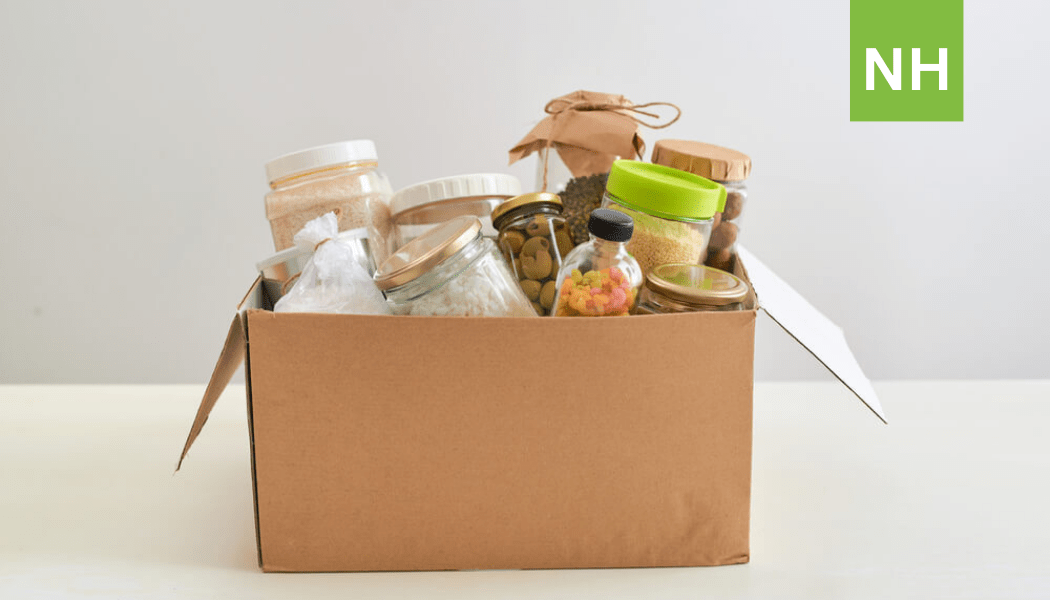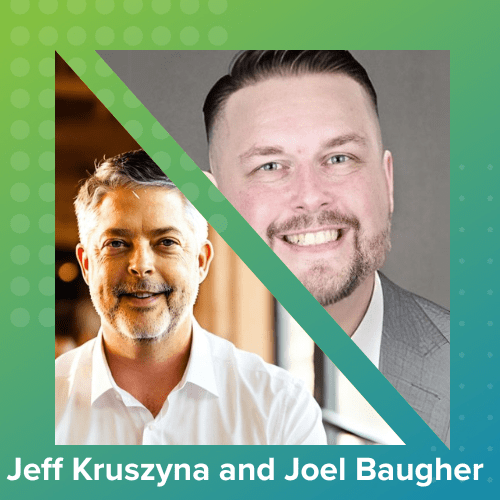By Carol Belair, senior consultant, and Laura Worcester, senior consultant, Target Analytics, a division of Blackbaud.
_____________
There is still time to segment and prioritize prospects for more strategic year-end efforts. Recently I have worked with several of our analytics clients in applying predictive modeling results to their fall mailings. I encourage you to apply some of my suggested strategies at your organization to enhance year-end fundraising efforts.
If you have the budget, consider engaging a company that specializes in predictive modeling and wealth screening. This allows you to take advantage of their expertise to get the results that you need. Be sure to have the vendor consider the entire spectrum of giving to your organization – annual, mid-level, major and planned – for diversified gifts to various programs.
If you have the internal bandwidth to analyze your own database, here are some ways to effectively segment your lists to apply more strategic efforts to your year-end appeals:
-
Prioritize those who have given each year for the past 3-5 years. Our research shows that donor recency and loyalty is the strongest indicator of inclination for sustained giving. Your response rate with this group of prospects should be very high. Gift upgrades should be higher as well.
-
To identify prospects for higher-end mailings or phone calls, pull a list of donors who are long-loyal (5, 7, or even 10+ giving years) and who have given every year in the past 3-5 years. These prospects are most likely to continue giving annual gifts, and possibly increase their level of giving to your organization. When asking someone to upgrade their gift, make sure you acknowledge the upgraded ask by providing compelling donor stories, and most importantly, explaining what their upgraded gift will fund individually or aggregately. Today’s donors want to be involved and know the impact of their support.
-
This segmented group of prospects will also make an excellent group of planned gift prospects, so this is a great opportunity to include brief planned gift information in your appeals. Consider their age; if you don’t have this, consider investing in an age append as this will be helpful with a variety of analytics projects.
-
If they are middle-aged (older Gen Xers and younger Baby Boomers in their 40s and 50s), strategize your communications with offers of estate planning assistance and encouragement to consider your organization in that plan.
-
Older prospects (60s and 70s) are likely to have estate plans in place, so consider ways to confirm a bequest to your organization or discuss options for other types of planned gift investments such as Charitable Gift Annuities.
-
-
-
To identify prospects for mid-level giving efforts, again looking at higher-end mailings, phone, etc. as the method of communication, look at those whose last gift is at your mid-level threshold. Also include those at the cusp of your mid-level giving range, prioritizing those who have recently increased their giving. Our evidence shows that those with recent increases in giving will be more responsive to upgrade requests, and at higher, more distinctive levels.
-
Your major gift prospects should also be supporting your annual fund, so if they have not given yet, a phone call from the assigned gift officer is in order. Be sure to ask them to consider upgrading their annual gift. Again, those whose giving has increased recently, especially those with a rapid trajectory in their donations, are your best prospects for higher level gifts.
-
If you are able to do a wealth screening, you can also identify mid-level and/or major gift prospects based on those with higher assets and evidence of giving to other nonprofits. I also like the idea of mapping your real estate data to find those with larger lots or homes that could allow them to host a year-end event. Their involvement could offer you the opportunity to cultivate them as future major gift donor!
Now is the perfect time for your organization to look at ways to analyze your database for more strategic segmentation and communication methods. These efforts will ultimately yield a higher return on your organization’s overall investment in year-end appeals.
_____________
Carol Belair brings over 18 years of experience in predictive modeling analytics and wealth screening services and is currently senior consultant for Target Analytics, a division of Blackbaud Inc., providing clients with strategic implementation consulting on various analytics projects.






